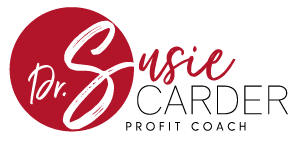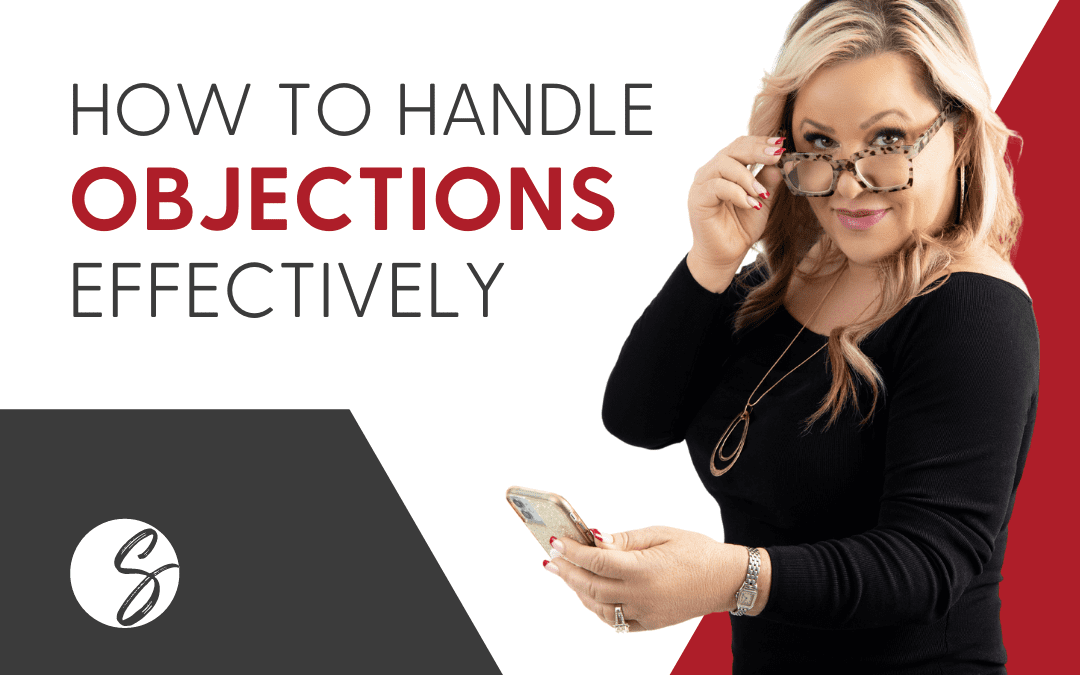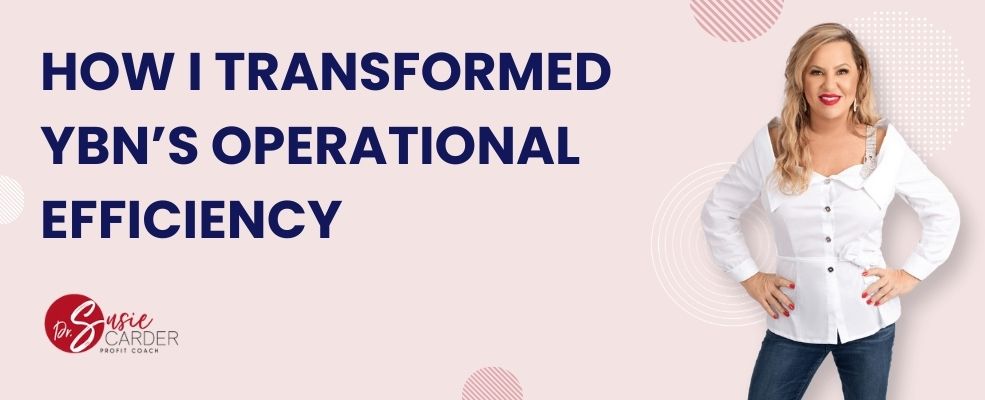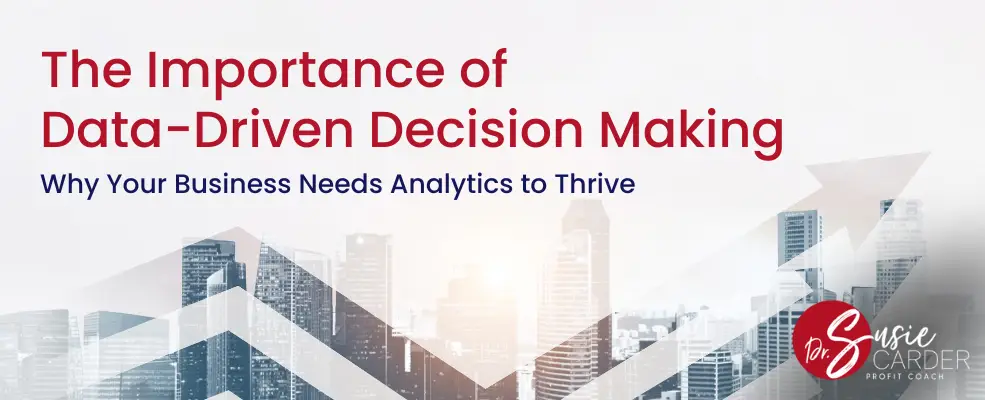Let’s talk about handling sales objections.
First, I’m going to start with a system. The system I use is on page 199 of my book, ‘Power Your Profits’. I’ve been using this for 20 years and it works!
It eliminates those victory days. What are victory days? It’s when there are good days and bad days. But it doesn’t have to be up and down like that. The reality is consistency is the key.
It is normal for clients to object to your offer. Objections don’t reflect negatively on you; they are really an opportunity to learn more about the client’s stance.
So I want to break it down into four simple steps.
Listen
The first step is to listen. Don’t just spell out your prospect’s objections, actually listen. God gave us two ears and one mouth for a purpose: to listen twice as much as we speak. Chances are you’ll be able to anticipate potential objections before they even occur.
You can overcome the most common concerns by listening rather than just jumping into the answer or worse, cutting off your prospect. We have to take time and share their concerns in full to be sure to give that prospect time to speak.
It will help them feel genuinely comfortable and know that you’re looking for their best interests at heart which also increases your chances of closing the deal.

Checking of understanding
Let’s understand that people are complex. Even if we say exactly what we mean, our words can still be misconstrued. To demonstrate that you truly understand your prospects’ concerns, you need to paraphrase their concerns and objections.
Or even if you didn’t fully understand, it gives the prospect the opportunity to correct you. So for an example, I’ll say “Let me just be clear that we’re on the same page. Your concern about onboarding costs is too high, or it’ll take too long and the costs are too much for you. Is that correct?”
Then they will correct you if it’s not, or if they need to add more. There may be additional underlying objections that the prospect hasn’t even voiced or already alluded to. You have to listen and do the discernment. You want to help dig up all their objections before you even make your final offer so that you can respond effectively.
Take your client’s issue seriously
Whether or not they seem like a serious issue to you. It’s a serious issue for them. If they feel like you’re not taking the objection seriously, or that you’re trying to steamroll them into an agreement or contract, it’s unlikely you’ll end up closing the deal.
If the objection is something that you have the authority to handle yourself, don’t be afraid to do so. Otherwise, explain that you need to run up your chain of command.

I always say “Let me check with my operations manager.” “ Let me check my calendar.” “ Let me check with the finance department.”
It gives them the opportunity to think about it and you have to think about it before you come back.
Either overcome the objections or just let go
So number four, you want to confirm and reiterate the objection and confirm that you’ll be able to overcome it. The prospect will be happy to move forward with the deal if they feel heard.
The second part is really important. There’s no point in taking the time to overcome objections. If you still won’t move any closer to securing your business. Remember that some prospects are simply never going to buy and not all money is good money. In which case, it’s okay to just let go.
If they don’t have a sufficient budget and are not fully qualified prospects, then it’s important to let it go or down-sell them into another program. We’re talking about qualified buyers. And it is important to discuss it with the decision-maker. Because if you’re not talking to a decision-maker, you’re wasting your time.
I’m going to put these four steps together for you and then I want you to really look at it. Let me give an example.
“So may I make some recommendations? Based on your budget, based on where you are, here’s my recommendation. I recommend our Global Leadership Program. It’s a year-long program to help you get the results you deserve when you do the work. A lot of people think it’s sprinkled fairy dust but it’s not. As a business owner, you have to do your part, too. It’s never sprinkled fairy dust.”

I want you to be clear, I don’t want you to over-promise. I want you to really look at how do you serve the market the way the market needs to be served? How do you serve the client or your client needs to be served?
Be okay to let go after you’ve handled the objections. I promise you, they’ll come back later. This simple tool will allow you to handle objections, allow you to clear, allow you to follow a system so you don’t get hooked up.
I’m your sister on your journey. You’re in business for yourself, not by yourself. I’m Susie Carder, your Profit Coach. I can’t wait to see how you handle those objections.






